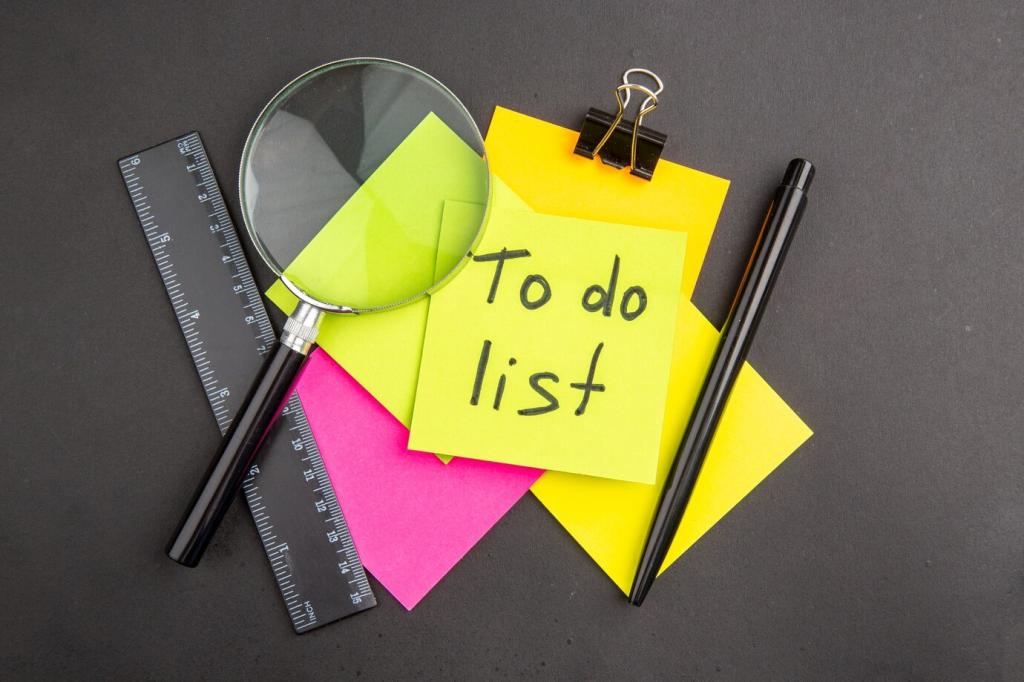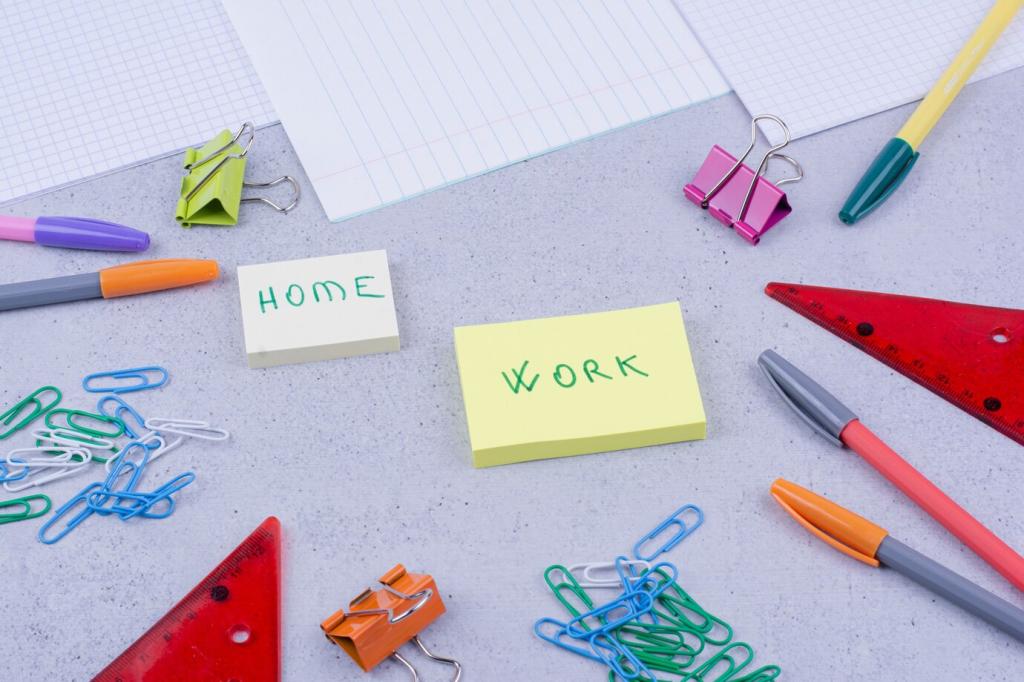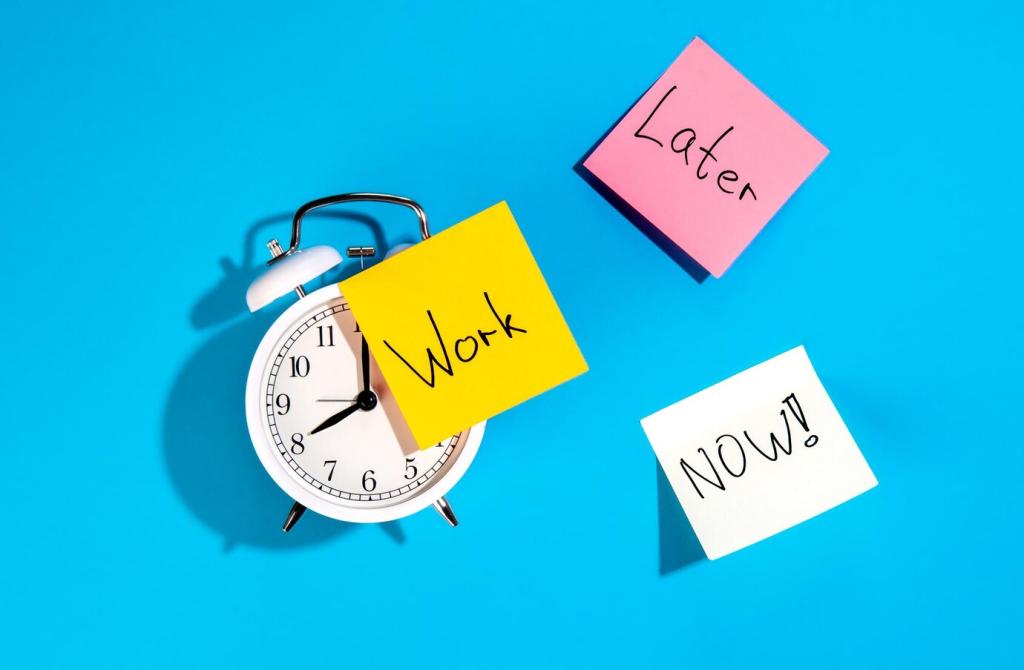Long-Term Habit Sustainability Techniques: Make Change That Sticks
Selected theme: Long-Term Habit Sustainability Techniques. Build durable routines using science-backed methods, relatable stories, and practical tools designed to help your small daily actions add up to lasting, meaningful transformation.



Foundations: Designing Habits That Outlast Motivation
Long-term habits stick when they express who you are becoming, not just what you want to do. Replace “I want to run” with “I am a person who moves daily.” Identity creates a self-consistency loop that makes tomorrow’s choice easier than today’s.
Foundations: Designing Habits That Outlast Motivation
Design spaces where the desired behavior is the default. Put fruit at eye level, sneakers by the door, and blockers on distracting apps. When friction drops and cues are obvious, consistency rises naturally without a daily wrestle with willpower.
The Science: How Habits Become Automatic
Your brain strengthens behaviors that reliably produce rewards. Celebrate micro-wins immediately, even with a tiny checkmark or satisfying bell sound. The faster your brain notices success, the faster the loop becomes automatic and resilient under stress.
The Science: How Habits Become Automatic
Habits are easier to recall in the same context where they were learned. Anchor behaviors to stable cues: after brewing coffee, stretch; after parking, send a gratitude text. Keep the cue consistent to reduce decision fatigue and enhance recall.


Implementation Intentions (If–Then Plans)
Write a clear formula: “If it’s 7:00 a.m. and I pour coffee, then I journal for three minutes.” Precision turns vague intentions into executable scripts, reducing negotiation and making the next action unmistakable even on low-energy days.
Habit Stacking and Chaining
Attach a new behavior to a reliable anchor behavior. After brushing teeth, perform one minute of mobility. After lunch, read one page. The existing habit lends stability and timing, creating a smooth chain that grows naturally over months.
Minimum Viable Habit and Streak Repair
Define the smallest acceptable version for hard days, plus a recovery rule. “At worst: ten squats. If I miss, I restart tomorrow before 10 a.m.” Minimums protect momentum; recovery rules prevent one slip from becoming a slide.

The Sustainable Cadence
Aim for consistency over intensity. Use the 85% effort guideline: push enough to feel challenged but not drained. Schedule deload weeks or lighter sessions proactively so your system recovers while your identity and routine remain intact.

Intrinsic Fuel First
Tie habits to values you genuinely care about—energy for family, creativity for work, or calm for kindness. External rewards help early on, but intrinsic meaning maintains interest long after novelty fades and social accountability loses its initial shine.

Fresh Starts and Micro-Variations
Use temporal landmarks—new week, new month—to reset gently without drama. Introduce tiny variations to keep engagement high: change walking routes, rotate playlists, or switch reading topics. Small novelty protects long-term attention without disrupting the core routine.
Tracking That Guides, Not Guilt-Trips
Lead vs. Lag Indicators
Track behaviors you control (leads) more than outcomes (lags). Minutes practiced beats perfection scores. Leads give immediate feedback and reduce anxiety, while outcomes confirm direction over time. Balance both to stay motivated and accurately course-correct.
Frictionless Recording
Adopt a one-tap method: a paper calendar, a checkbox widget, or an automated shortcut. If logging takes more than ten seconds, you will skip it on busy days. Make tracking so easy it happens almost without thinking.
Weekly Reflection Ritual
Once a week, ask three questions: What worked? What got in the way? What tiny upgrade will I test next? Reflection transforms data into wisdom, turning random streaks into deliberate growth while keeping shame far from the steering wheel.



Relapse-Proofing: Turning Slips into Strength
Coping Plans and Urge Surfing
Write down likely obstacles and precise responses: “If the meeting runs late, I will walk during the next call.” Practice urge surfing—notice the craving, ride the wave without action, watch it pass. Mastery grows from practiced responses, not perfection.
Reframe Failure as Feedback
A miss is information, not identity. Ask, “What made this hard?” Adjust the cue, time, or minimum viable version. By harvesting lessons quickly, you build resilience and reduce the emotional tax that often causes multi-day derailments.
Redundancy and Backup Options
Create plan B and plan C for fragile routines. If the gym is closed, do a living-room circuit. If mornings fail, switch to lunchtime. Redundancy prevents binary thinking and keeps momentum alive through messy, real-life conditions.



